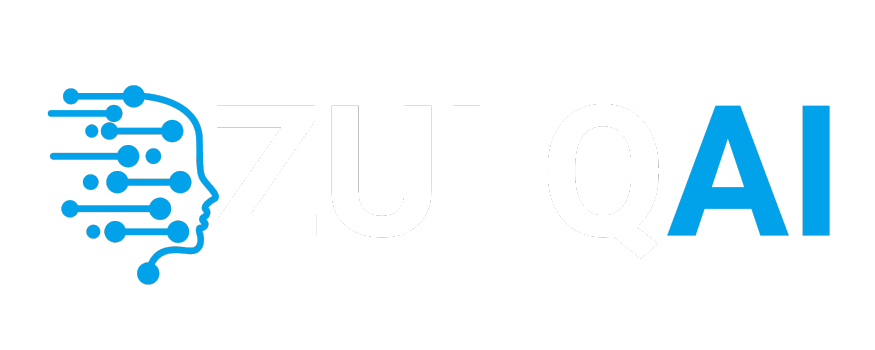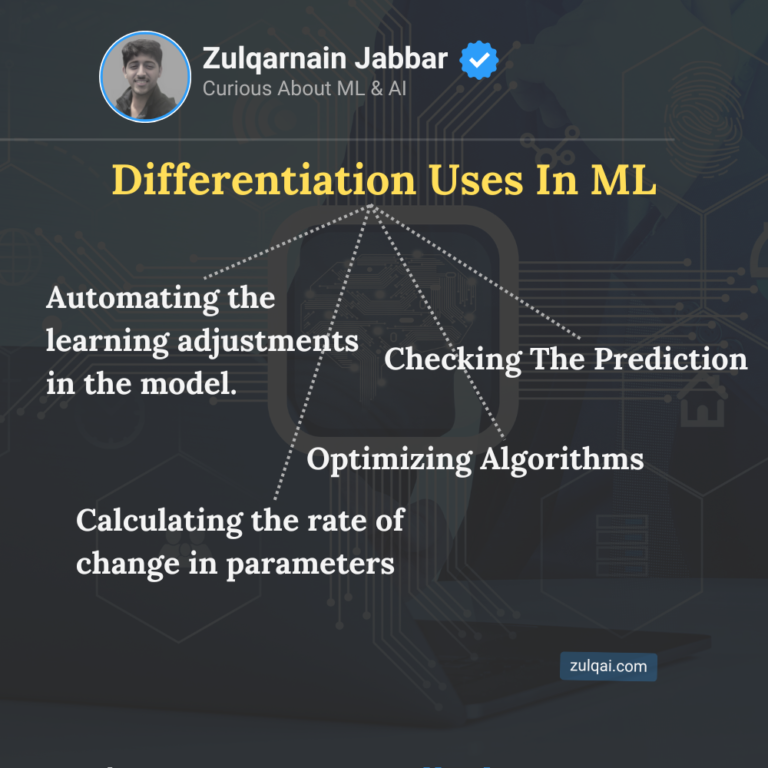What is entropy in machine learning (Simple Words)
In simple words, entropy in machine learning is a measure of uncertainty or randomness in data. It tells us how mixed or disordered a set of data is.
Think of it like this:
- If all the data points belong to the same class (e.g., all apples or all oranges), there’s low entropy because it’s very certain and organized.
- If the data points are an even mix of different classes (e.g., half apples, half oranges), there’s high entropy because it’s uncertain and disorganized.
Example:
Imagine a box of fruits:
- If the box has only apples (100%), you are very certain about the contents — low entropy.
- If the box has an equal mix of apples, oranges, and bananas, you are uncertain about what you’ll pick — high entropy.
Why it matters in ML:
- In decision trees, entropy helps decide which feature (or question) to split on by measuring how well the split reduces uncertainty in the data.
- The goal is to reduce entropy, making the data more predictable at each step. This process is called information gain.
So, entropy helps us measure disorder and guides machine learning models to make better decisions!


